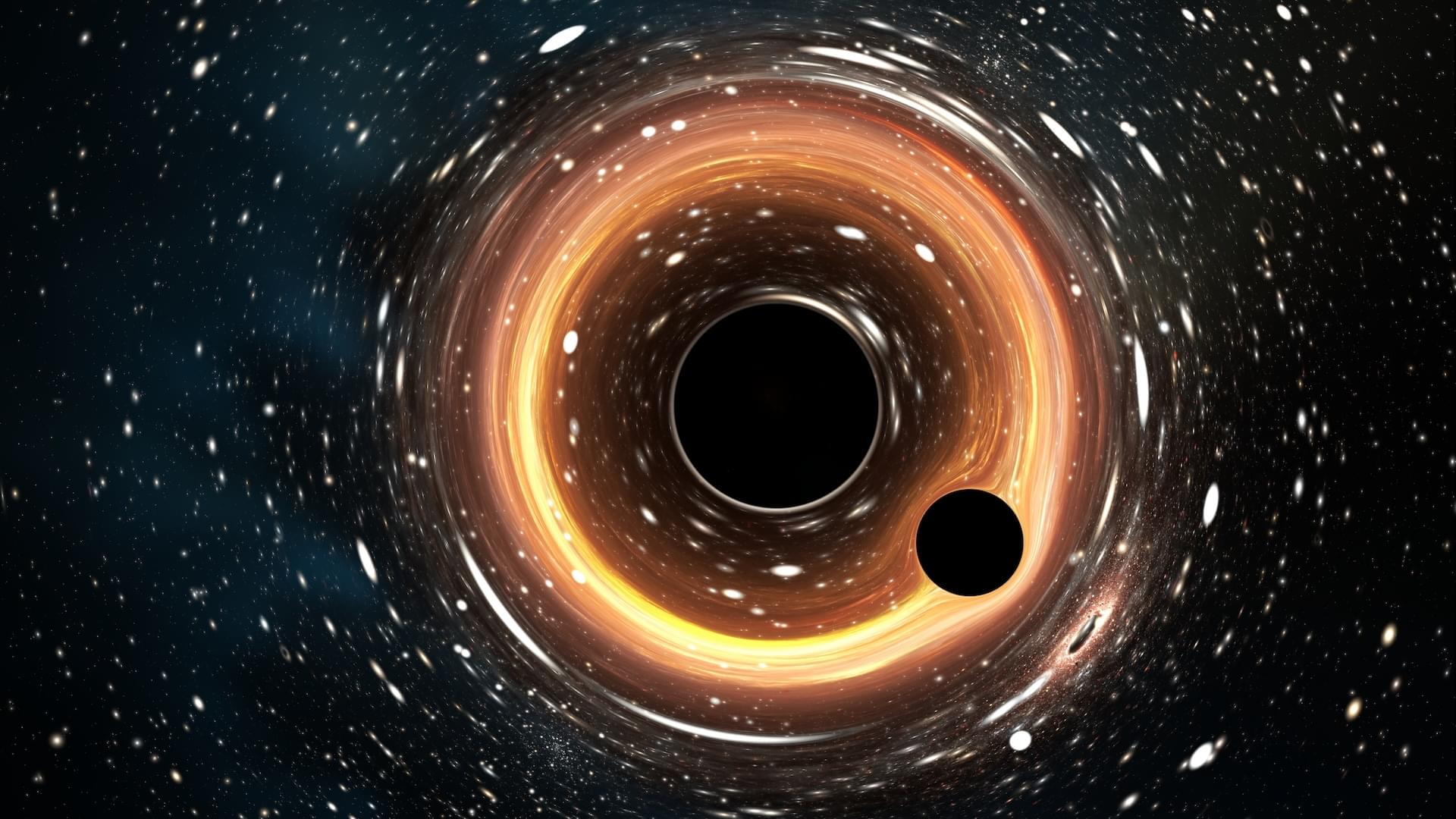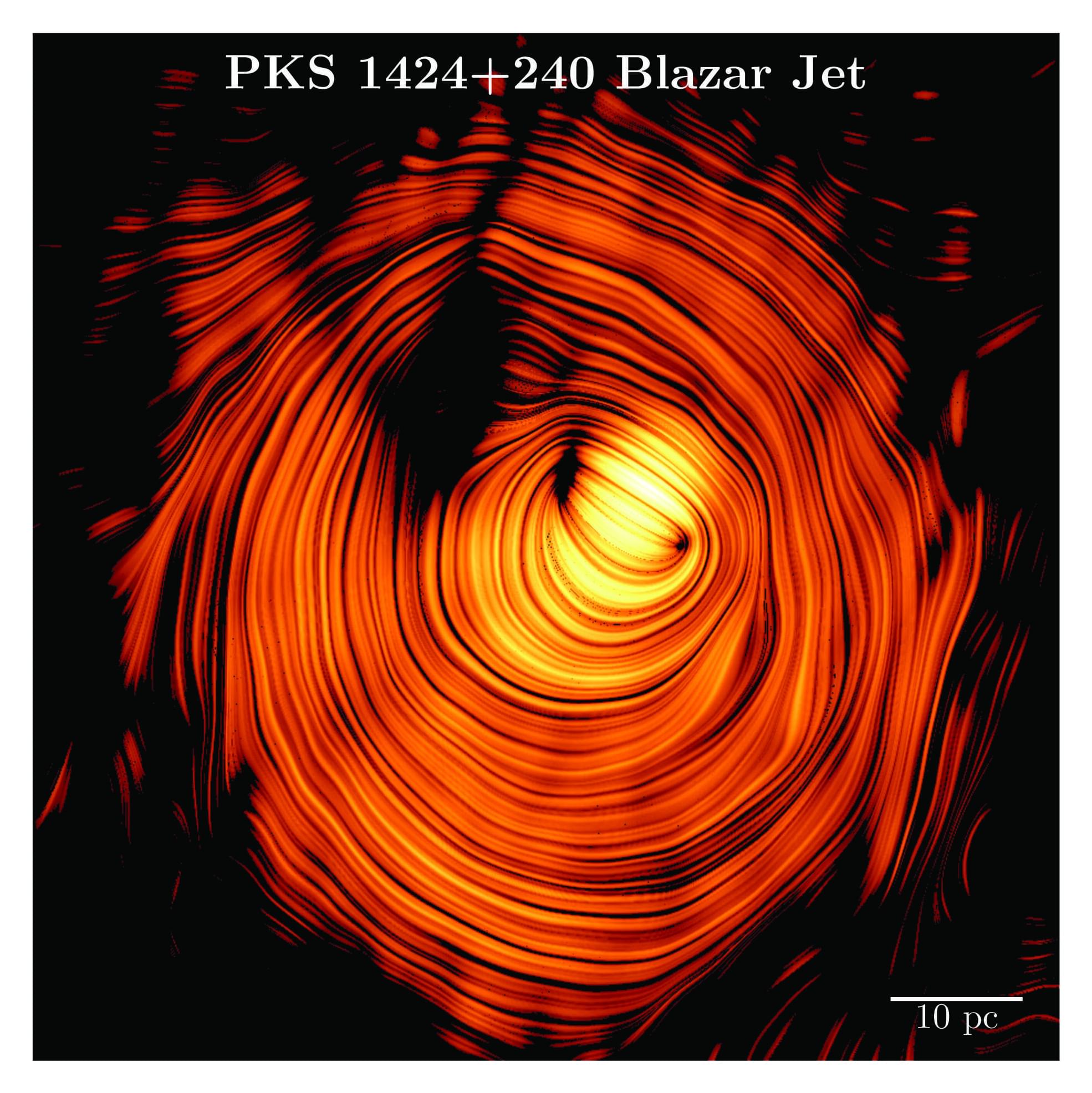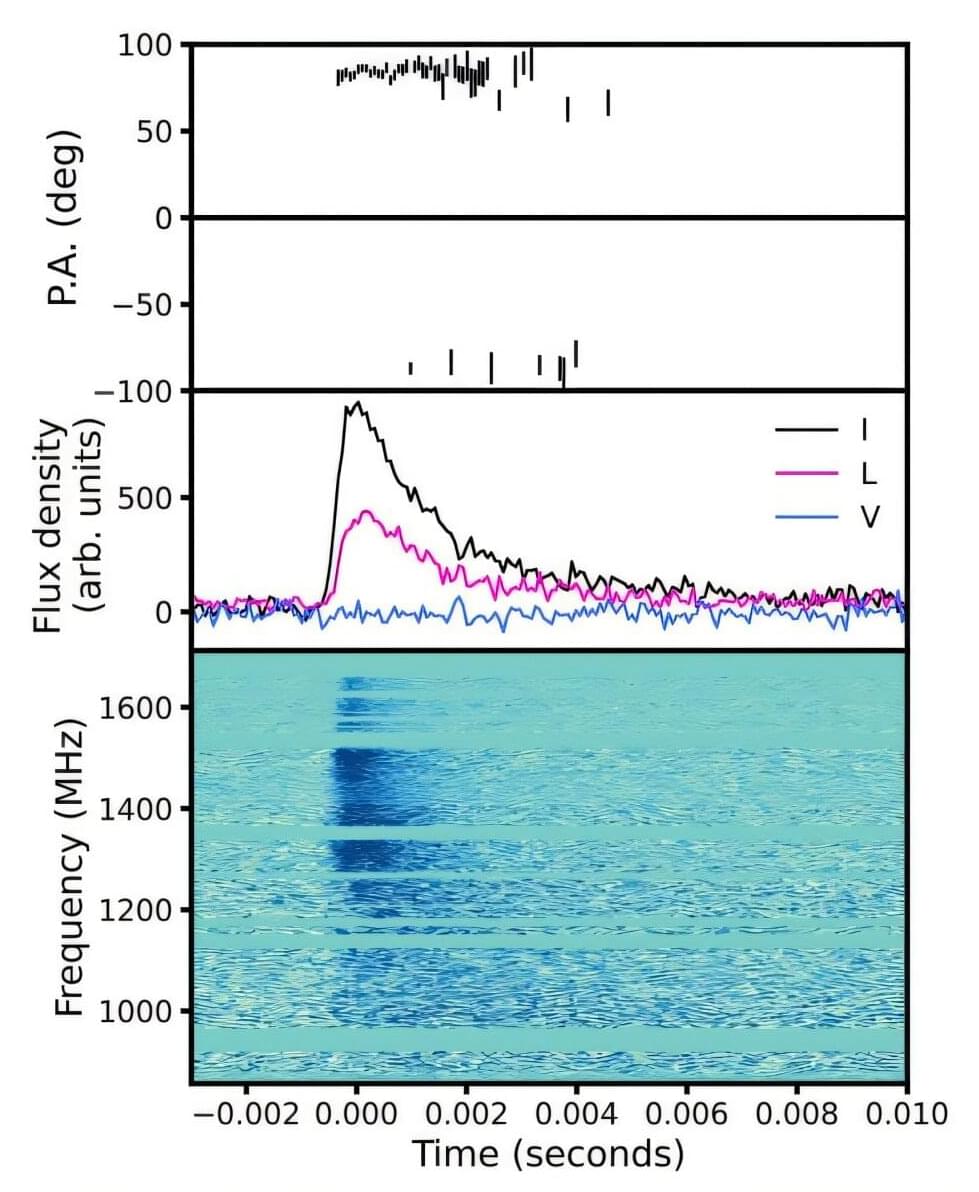The largest map of the universe reveals giants at the birth of the universe


Learn More About Anydesk: https://anydesk.com/spacetime.
In 1987, Steven Weinberg wrote a cute little paper entitled “Anthropic Bound on the Cosmological Constant”. I say cute little paper because it feels minor in comparison to, say, electroweak unification theory that won him the Nobel Prize. Weinberg was foundational in establishing the standard model of particle physics, and represented an enormous leap in understanding how this universe works. But his little 1987 paper, though more obscure, may tell us something about how the multiverse works, and can even be thought of as evidence for the existence of an enormous number of other universes.
PBS Member Stations rely on viewers like you. To support your local station, go to: http://to.pbs.org/DonateSPACE
Sign Up on Patreon to get access to the Space Time Discord!
https://www.patreon.com/pbsspacetime.
Check out the Space Time Merch Store.
https://www.pbsspacetime.com/shop.
Sign up for the mailing list to get episode notifications and hear special announcements!
Head to https://squarespace.com/territory to save 10% off your first purchase of a website or domain using code TERRITORY
Become a member today:
/ @territoryspace.
Some scientists now propose that our universe might have been born inside a massive black hole within a larger parent cosmos. In their model, the universe before ours followed the same laws of physics we know today, expanding for billions of years before gravity overcame that outward push. Space began to contract, galaxies moved closer, and the cosmos collapsed toward extreme densities. Instead of ending in a singularity where physics breaks down, quantum effects pushed back against gravity, halting the collapse and triggering a cosmic rebound. That bounce could have launched our own universe’s expansion, making the Big Bang not the true beginning, but a continuation.
This idea draws on the Pauli Exclusion Principle and degeneracy pressure, which in smaller-scale examples prevent white dwarfs and neutron stars from collapsing indefinitely. The same resistance, applied on a universe-wide scale, could stop total collapse inside a black hole. Simulations suggest such a process could occur without invoking exotic new particles or forces. In this framework, the formation of our universe is a purely gravitational event, governed by the physics we already understand, just operating under extreme conditions beyond what we have directly observed.
One striking prediction is that ancient relics from the parent universe could have survived the bounce. These might include primordial black holes or neutron stars that predate our own cosmos. If detected, especially in the early universe, they could serve as evidence that a cosmic bounce occurred. The James Webb Space Telescope’s discovery of unexpectedly massive galaxies soon after the Big Bang could align with this idea, as such galaxies may have formed more easily if early black holes were already present to seed them.
Recent JWST findings on how galaxies spin across the universe may also fit the model. If confirmed, these patterns could point toward a shared origin and support the possibility that we live inside a black hole. While the concept remains controversial, it offers a potential bridge between general relativity and quantum mechanics, challenging the assumption that singularities are inevitable and suggesting that the life cycle of universes may be far more connected than we thought.
Imagine staring at a black hole… and realizing it might actually be a doorway. Scientists now think some black holes could be wormholes — real portals through space and time. The craziest part? They look so much like black holes that we might have been seeing them for years without knowing it. If that’s true, they could lead to faraway parts of the universe… or somewhere even stranger. In this video, we’ll explore what that means, the science behind it, and the mind-bending possibilities it opens up. Get ready — space just got a whole lot weirder.
Animation is created by Bright Side.
Music from TheSoul Sound: https://thesoul-sound.com/
Check our Bright Side podcast on Spotify and leave a positive review! https://open.spotify.com/show/0hUkPxD… to Bright Side: https://goo.gl/rQTJZz.
Our Social Media: Facebook: / brightplanet Instagram:
/ brightside.official TikTok: https://www.tiktok.com/@brightside.of… Stock materials (photos, footages and other): https://www.depositphotos.com https://www.shutterstock.com https://www.eastnews.ru.
For more videos and articles visit: http://www.brightside.me.

How can the behavior of elementary particles and the structure of the entire universe be described using the same mathematical concepts? This question is at the heart of recent work by the mathematicians Claudia Fevola from Inria Saclay and Anna-Laura Sattelberger from the Max Planck Institute for Mathematics in the Sciences, recently published in the Notices of the American Mathematical Society.
Mathematics and physics share a close, reciprocal relationship. Mathematics offers the language and tools to describe physical phenomena, while physics drives the development of new mathematical ideas. This interplay remains vital in areas such as quantum field theory and cosmology, where advanced mathematical structures and physical theory evolve together.
In their article, the authors explore how algebraic structures and geometric shapes can help us understand phenomena ranging from particle collisions such as happens, for instance, in particle accelerators to the large-scale architecture of the cosmos. Their research is centered around algebraic geometry. Their recent undertakings also connect to a field called positive geometry—an interdisciplinary and novel subject in mathematics driven by new ideas in particle physics and cosmology.



A stunning new image of a cosmic jet has helped astronomers unlock the mystery behind the unusually bright emission of high-energy gamma rays and neutrinos from a peculiar celestial object. The source is a blazar—a type of active galaxy powered by a supermassive black hole devouring matter at the heart of a galaxy. They have captured what looks like the mythical “Eye of Sauron” in the distant universe and may have just solved a decade-long cosmic puzzle.

Using the MeerKAT radio telescope, an international team of astronomers have discovered a new fast radio burst, which received designation FRB 20240304B. The measured redshift of FRB 20240304B indicates that it is the most distant fast radio burst known to date. The finding was reported in a research paper published August 3 on the arXiv pre-print server.
Fast radio bursts (FRBs) are intense flashes of radio emission that last only a few milliseconds and showcase the characteristic dispersion sweep of radio pulsars. To date, the physical nature of this mysterious phenomenon remains unknown; however, astronomers consider a variety of explanations ranging from synchrotron maser emission from young magnetars in supernova remnants to cosmic string cusps.
The vast majority of FRBs have been detected at relatively low redshifts of below 0.5. Therefore, their distribution at higher redshift is still poorly studied. That is why astronomers are especially interested in finding new high-redshift FRBs, as they can offer important clues about galaxy formation when the universe was a few billion years old.
Support this channel on Patreon to help me make this a full time job: https://www.patreon.com/whatdamath (Unreleased videos, extra footage, DMs, no ads)
Alternatively, PayPal donations can be sent here: http://paypal.me/whatdamath.
Get a Wonderful Person Tee: https://teespring.com/stores/whatdamath.
More cool designs are on Amazon: https://amzn.to/3QFIrFX
Hello and welcome! My name is Anton and in this video, we will talk about a major discovery of most distant objects ever seen coming from the James Webb Space Telescope.
Links:
https://arxiv.org/pdf/2503.15594
https://arxiv.org/pdf/2503.
0:00 JWST breaks its own records.
0:40 Earlier observations and theory behind this.
3:10 New records at redshift of 17 and 25
5:20 What we know about these objects.
7:00 Issue explaining this.
7:50 Could this be black holes?
10:40 What’s next?
11:40 Conclusions.
Enjoy and please subscribe.
Bitcoin/Ethereum to spare? Donate them here to help this channel grow!
bc1qnkl3nk0zt7w0xzrgur9pnkcduj7a3xxllcn7d4
or ETH: 0x60f088B10b03115405d313f964BeA93eF0Bd3DbF
Thank you to all Patreon supporters of this channel.